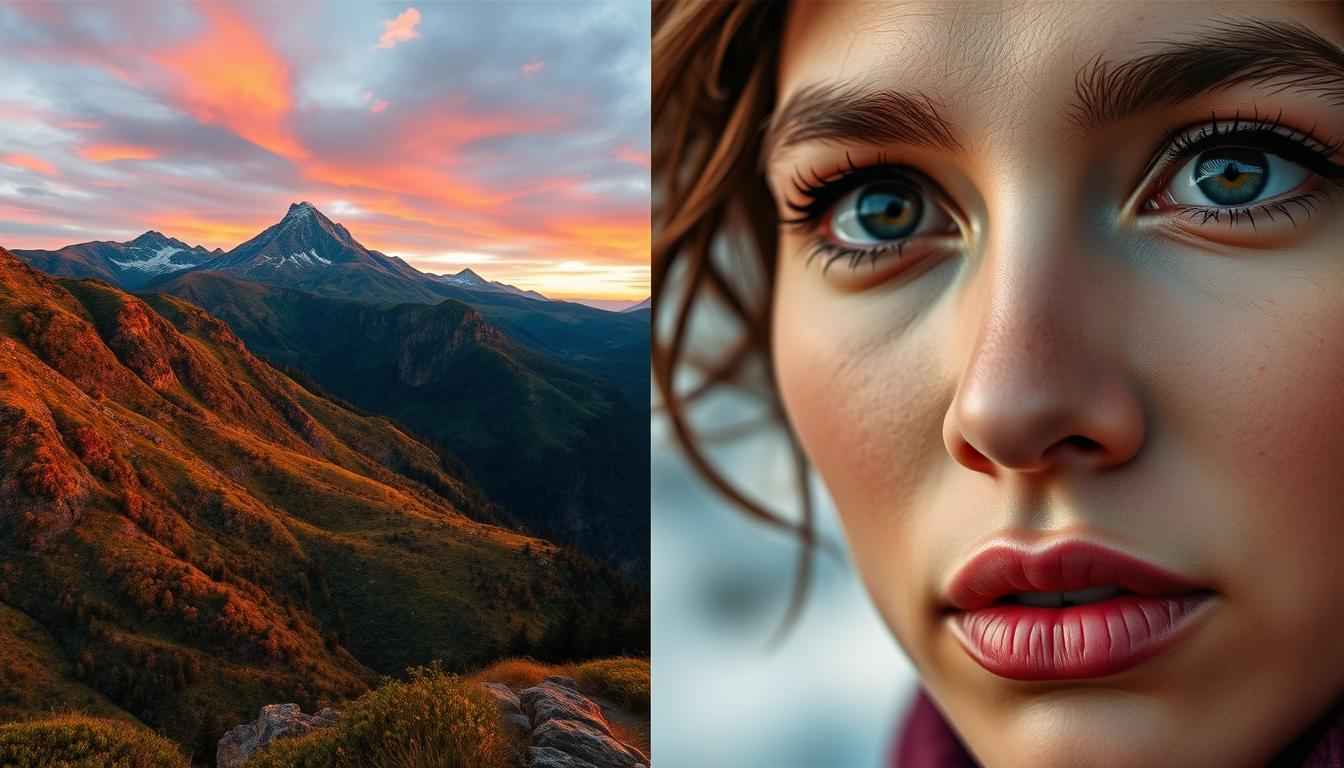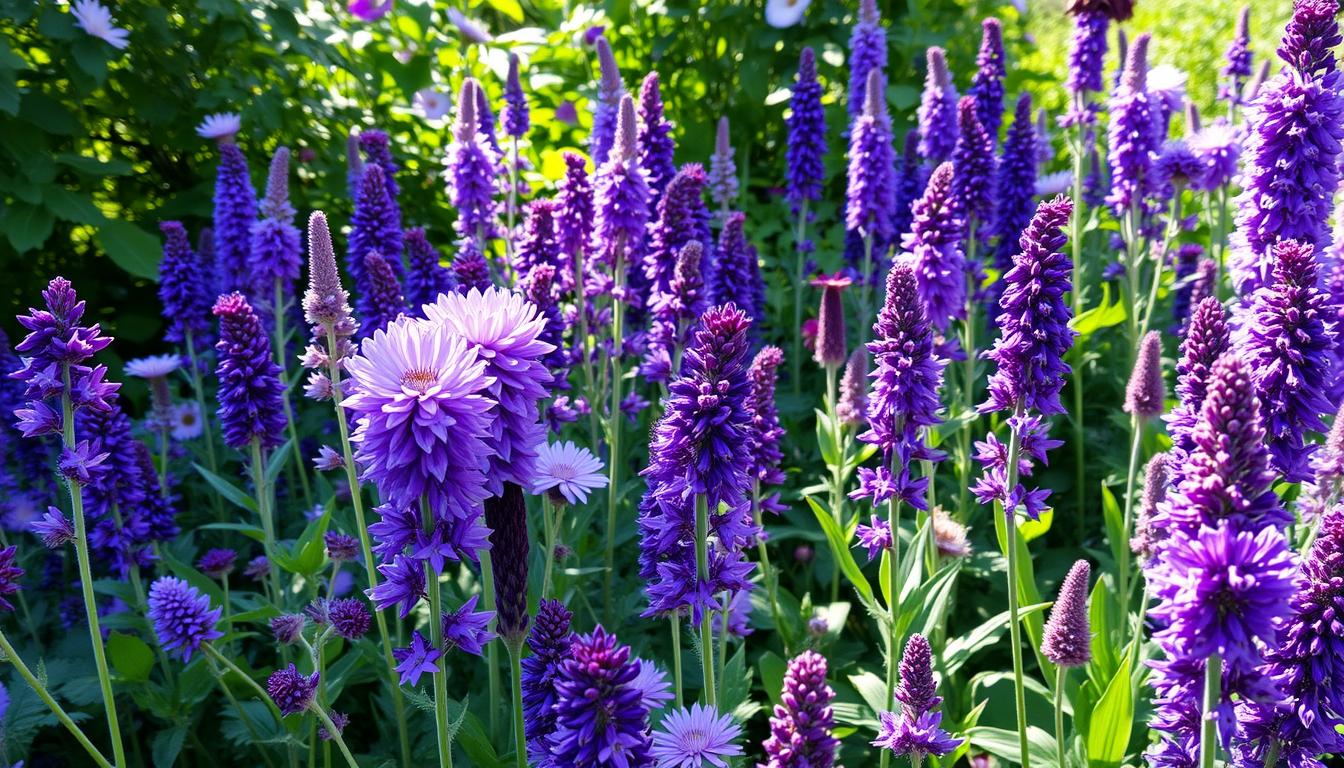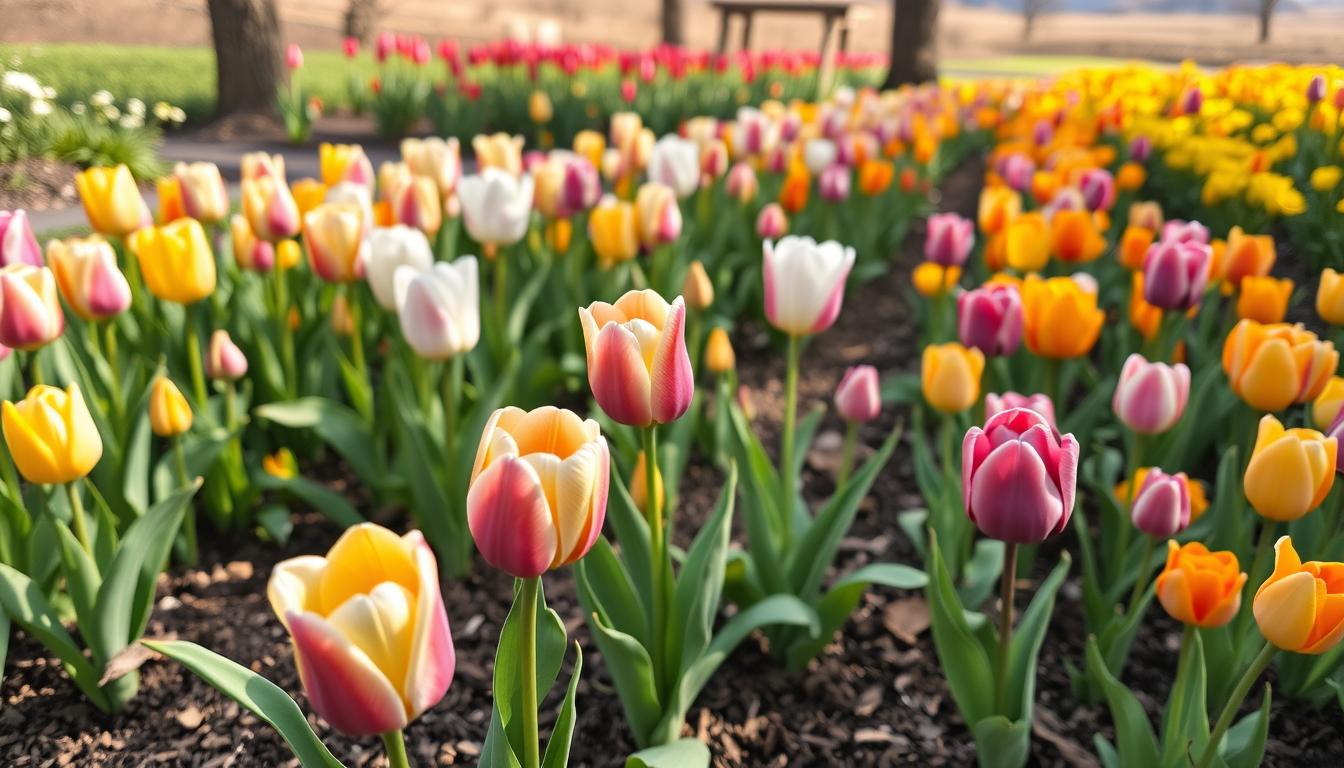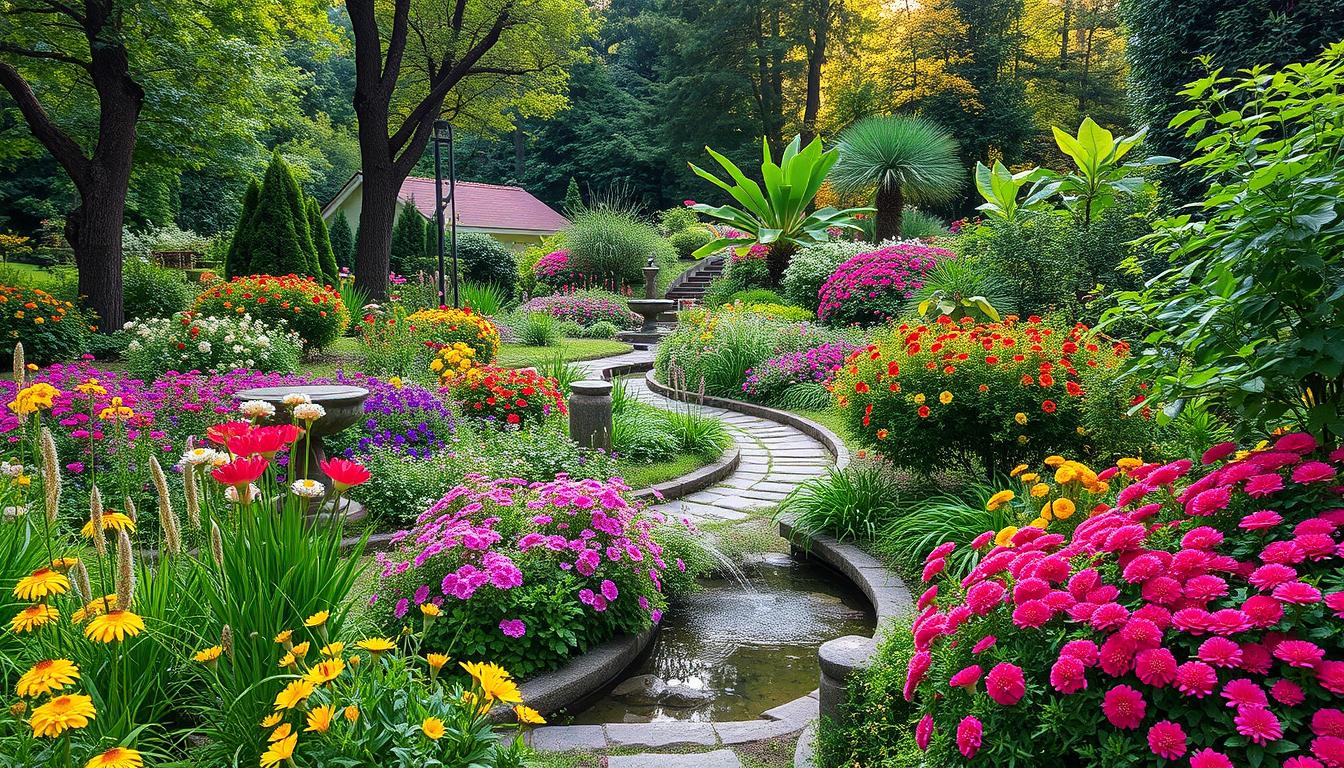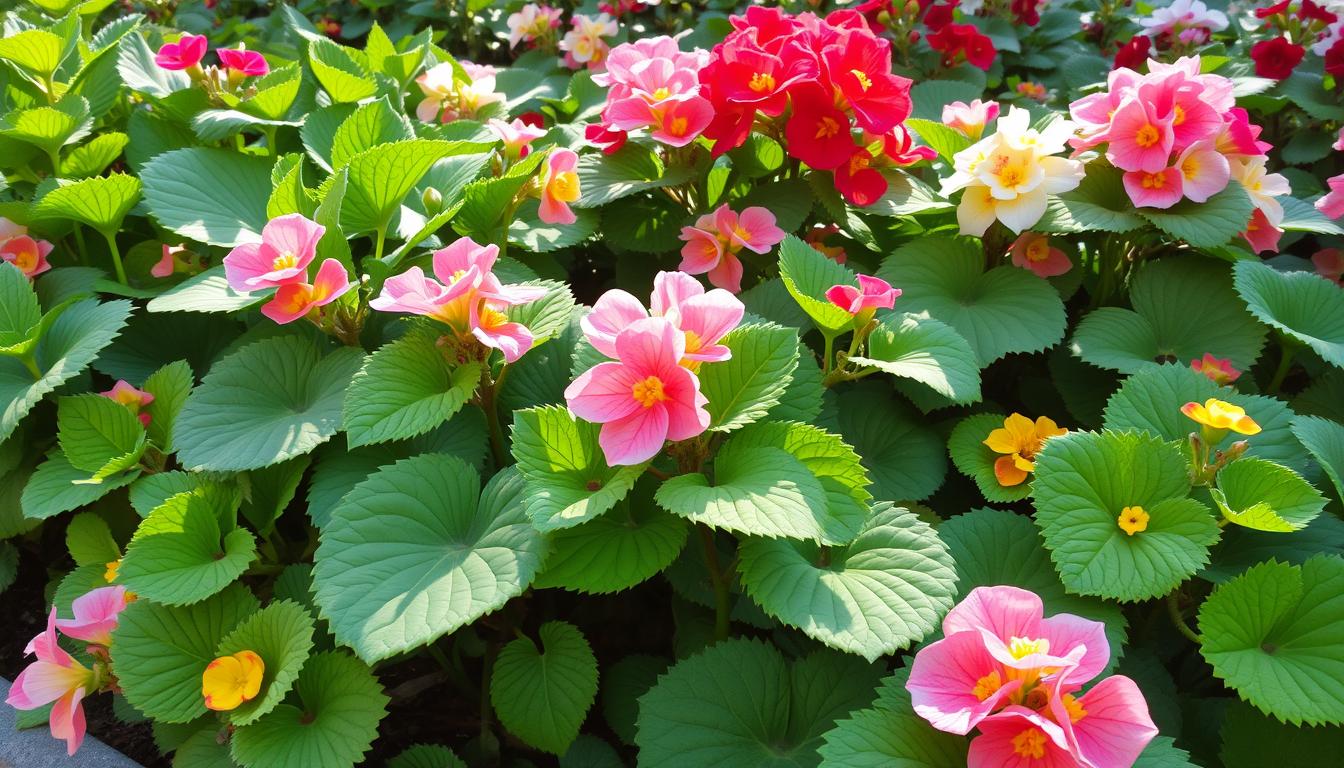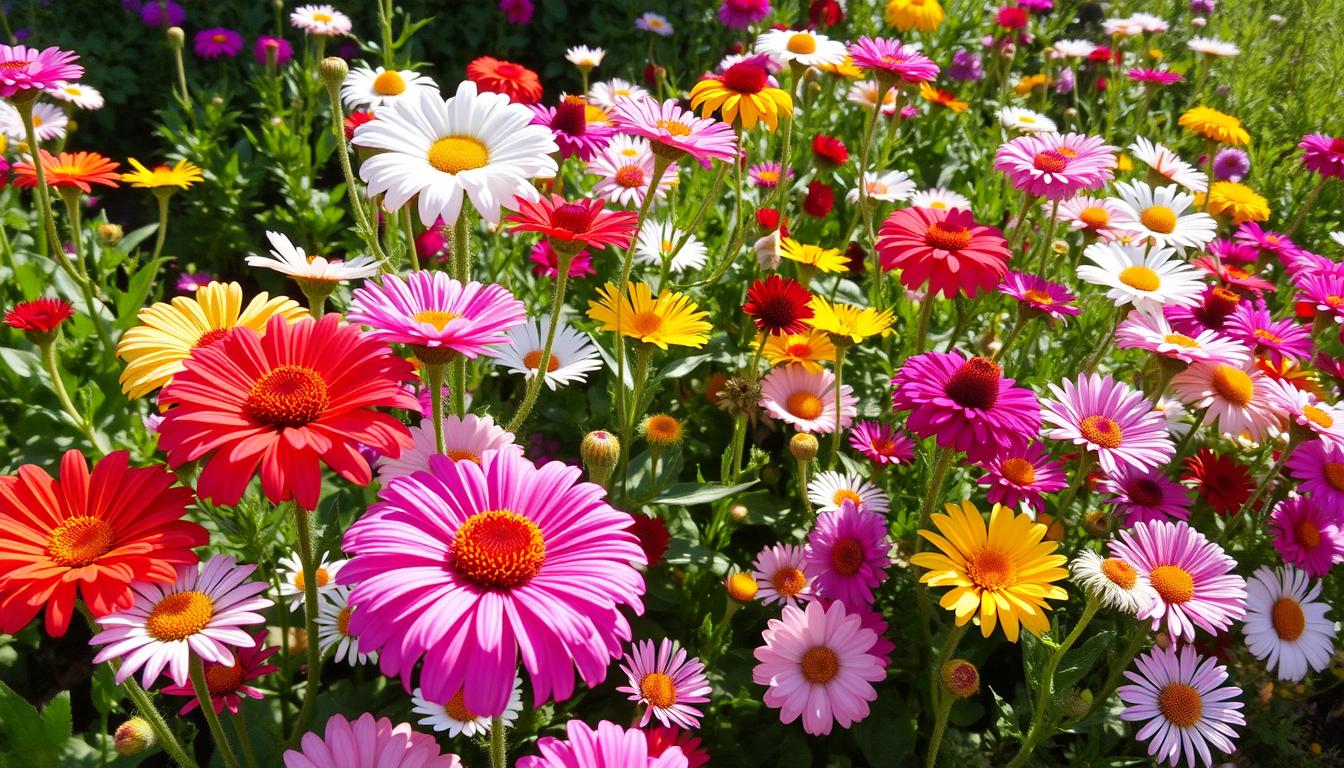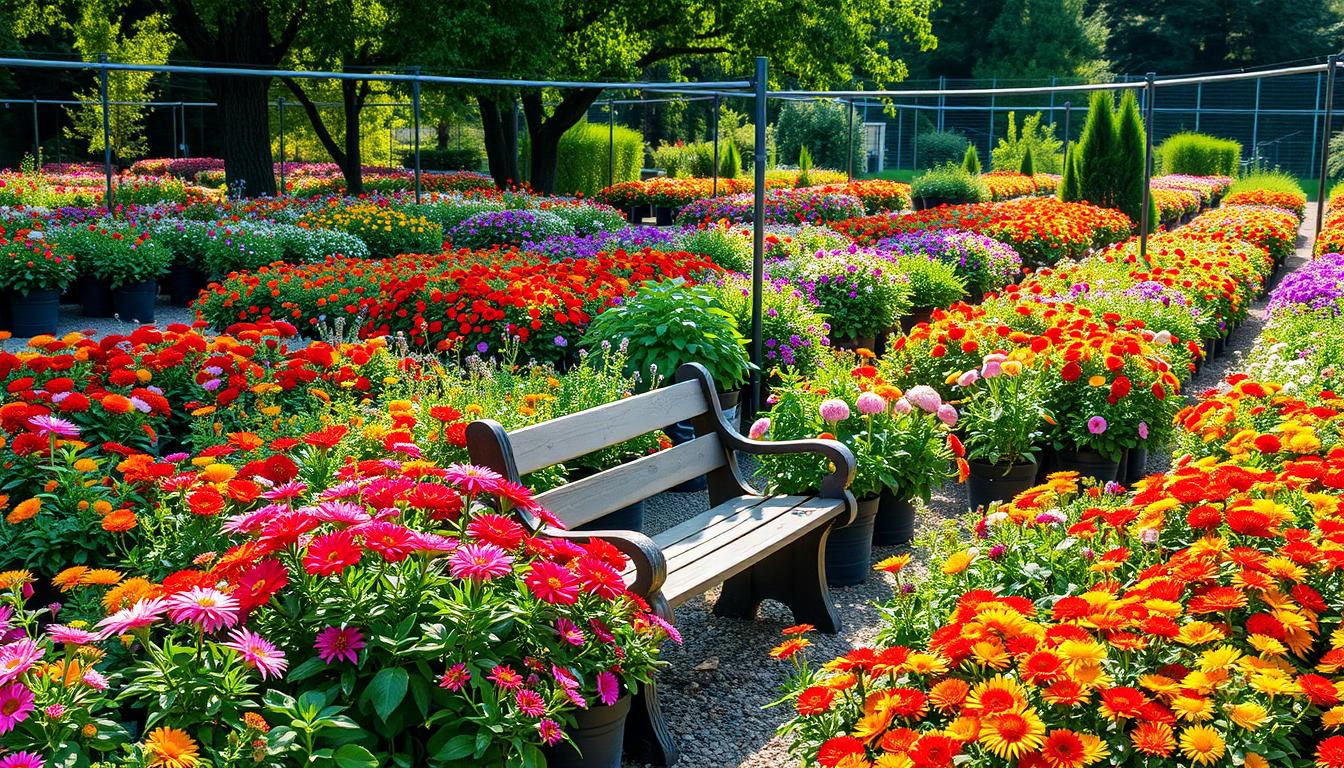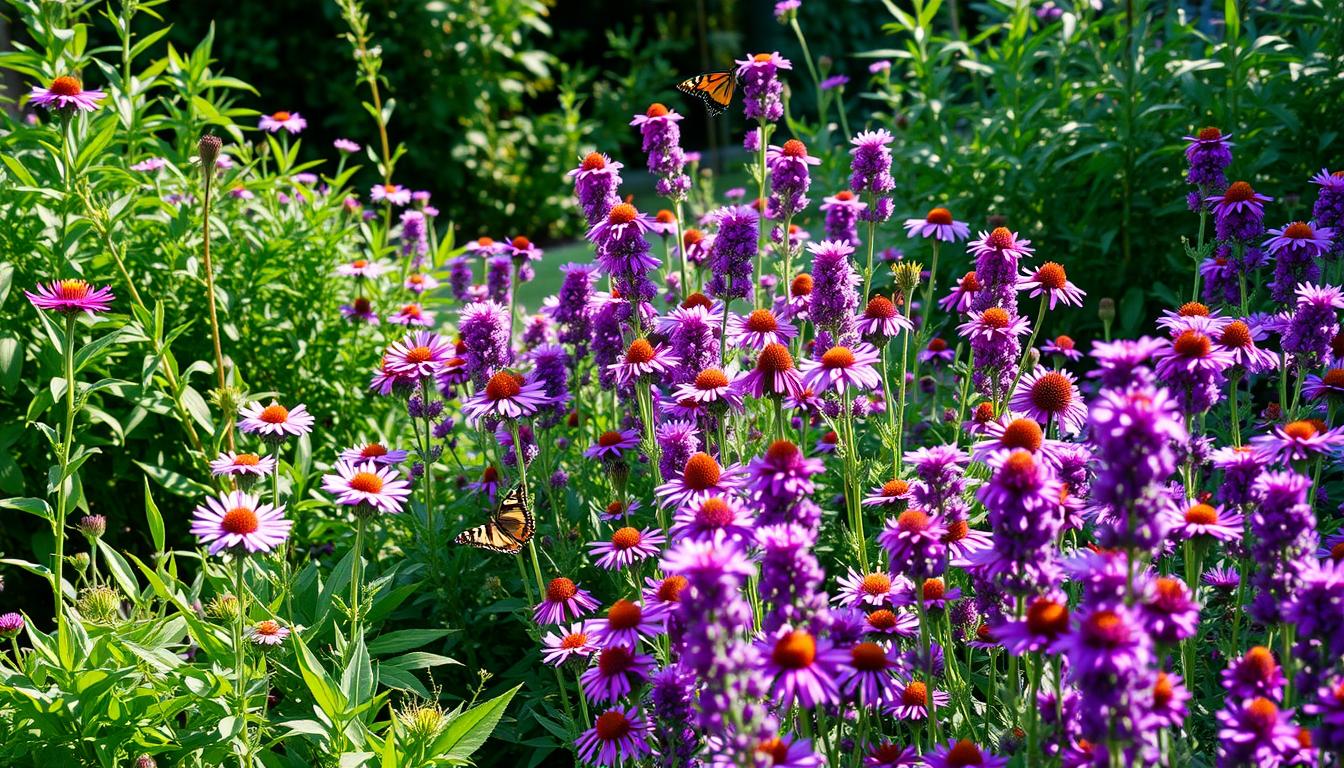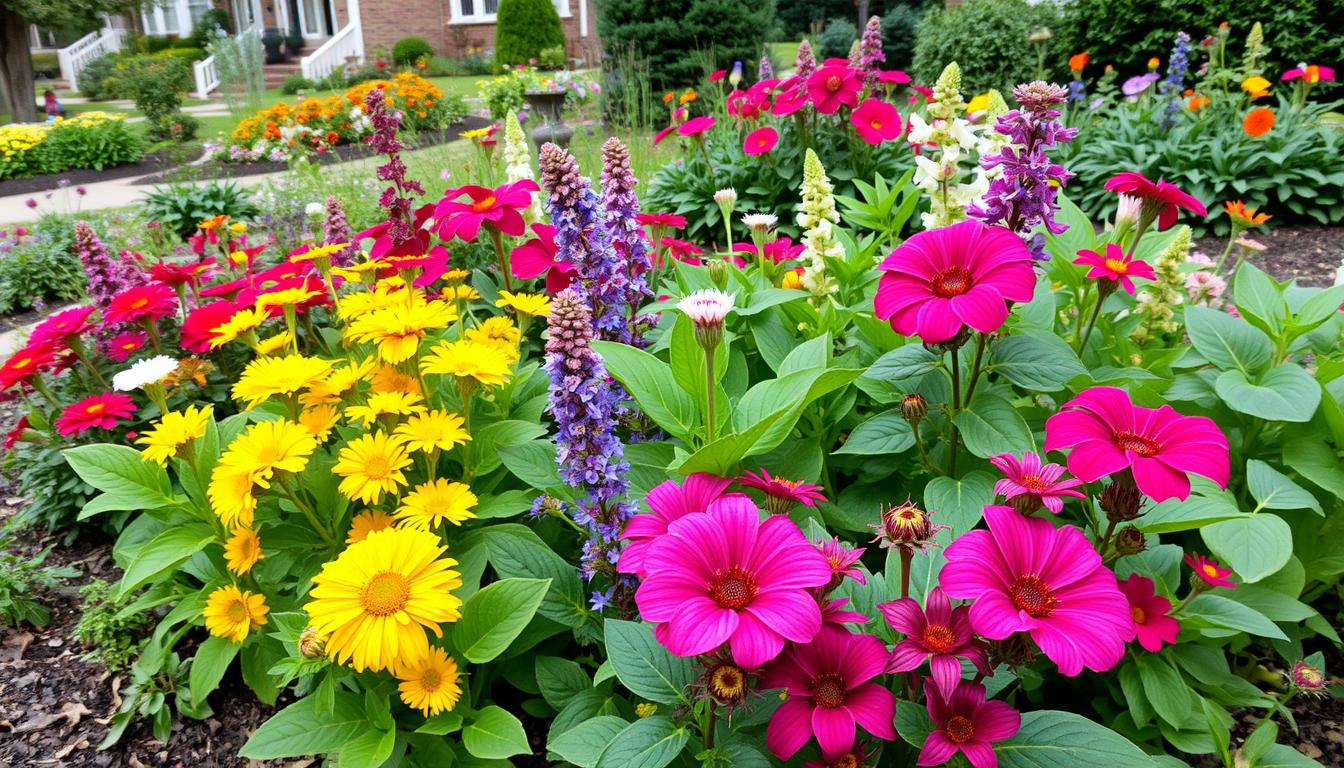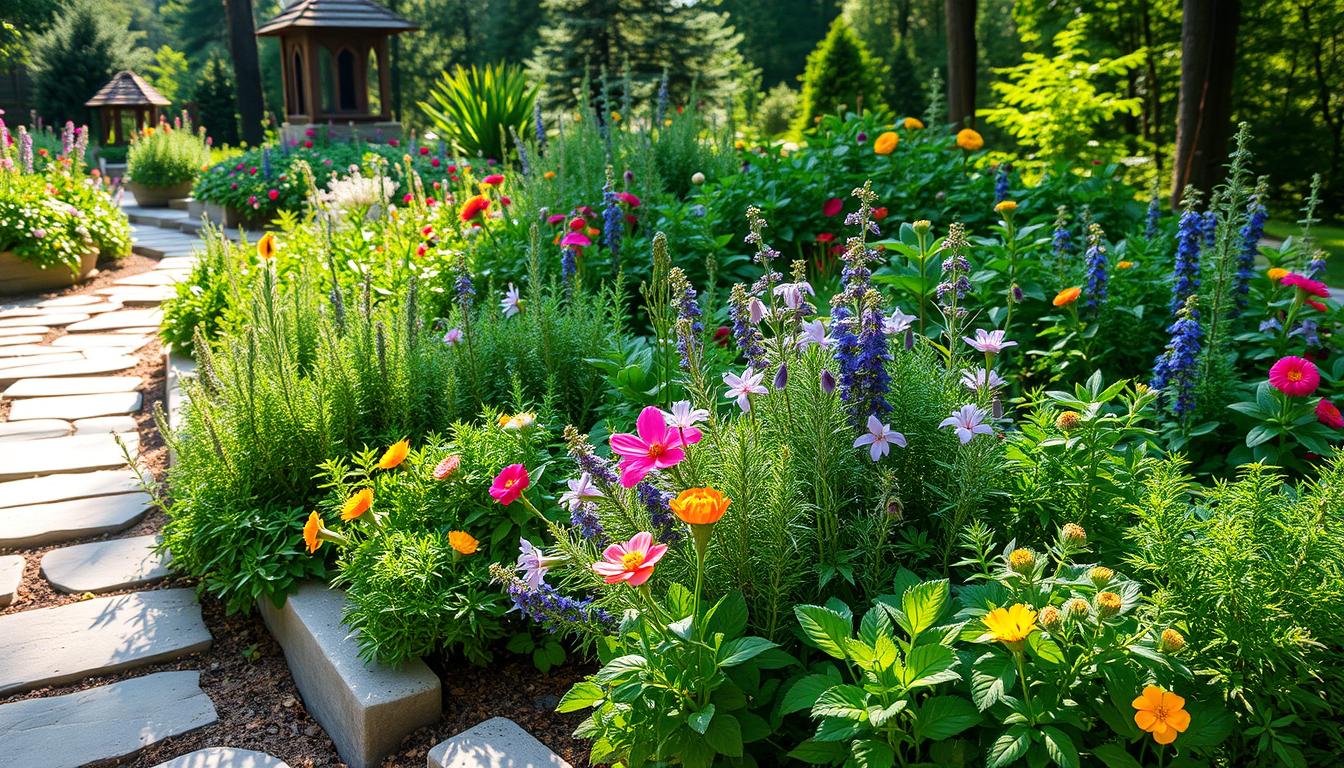Ever wondered why some photos grab your attention while others don’t? The answer might be as simple as the photo’s orientation. The choice between landscape and portrait can change how people see your photos.
Photography is like telling a story with pictures. Picking between landscape and portrait is like choosing the right frame for your story. Landscape photos make up about 70% of wide views, making it key to know these formats.
Your photo’s orientation is more than just looks. It’s about how you share your story. Choosing the right format can make your photos feel more alive. Research shows 80% of people feel a photo’s orientation affects their mood.
This guide will dive into the world of landscape vs portrait photos. It will help you improve your photo composition and make choices that enhance your storytelling.
Table of Contents
Understanding Landscape and Portrait Orientation
Photography and digital imaging use two main ways to show pictures. Landscape and portrait orientations change how we see images. They affect how pictures are taken, shown, and enjoyed online and offline.
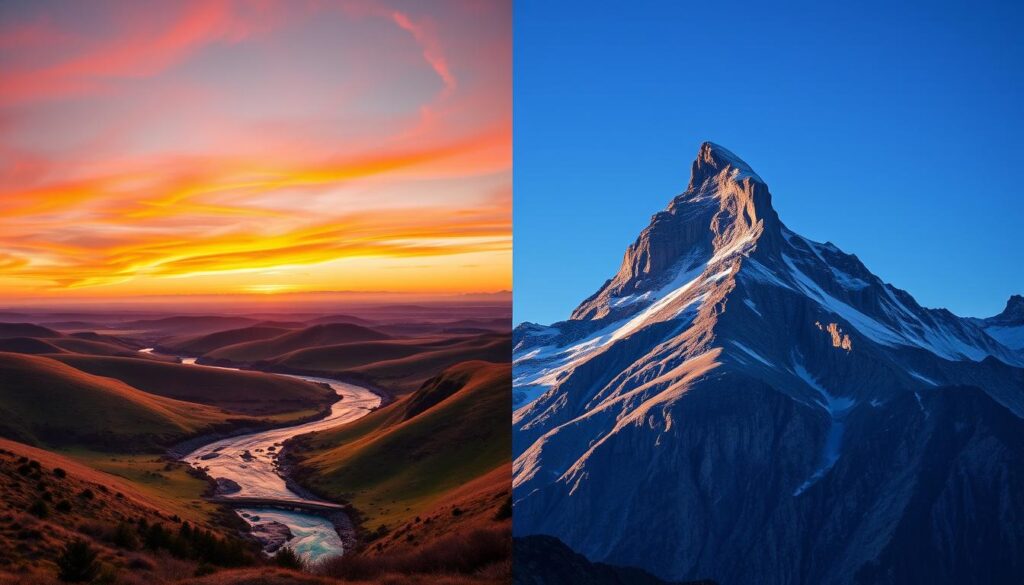
Understanding photo orientations is essential for capturing great shots. Landscape orientation is wider and ideal for scenic views, while portrait orientation is taller and better for subjects like people. Knowing when to use each helps improve your photography. Let’s dive into both types!
Landscape Orientation: A Horizontal Perspective
Landscape pictures are wider than they are tall. This style shows scenes like we see them in real life. It’s great for:
- Wide scenes
- Panoramic photos
Portrait Orientation: Vertical Visual Storytelling
Portrait pictures are taller than they are wide. This style is perfect for showing people up close. It’s great for:
- Individual portraits
- Showing vertical subjects
“Orientation is not just about dimensions, but about storytelling and emotional impact.” – Professional Photography Insight
| Orientation Type | Typical Use | Visual Emphasis |
|---|---|---|
| Landscape Orientation | Scenic views, group photos | Horizontal breadth |
| Portrait Orientation | Individual portraits, social media | Vertical depth |
Understanding landscape and portrait orientations enhances your photography. Landscape suits wide scenes, while portrait focuses on vertical subjects. Choosing the right one helps tell your story visually and create impactful images.
The Importance of Choosing the Right Format
Photography is all about telling stories with pictures. The way you hold your camera affects how your story is told. Choosing between landscape and portrait photography is more than just a technical choice. It’s a creative choice that changes how people see your photo.
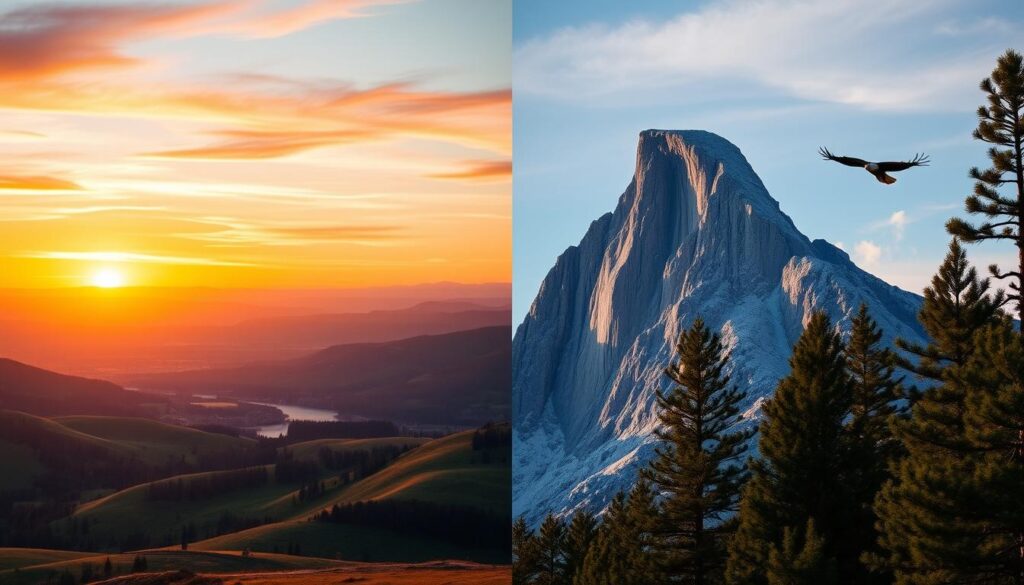
When you pick between landscape and portrait mode, you decide how to draw your viewer’s eye. Each choice has its own benefits:
- Landscape mode opens up wide views, perfect for big scenes
- Portrait mode focuses on close-ups, making things feel more personal
- Each style can make people feel different things
Why Orientation Matters in Photography
Your choice of camera angle can make a huge difference. Professional photographers know that the right angle makes stories come alive. Landscape photos are great for wide views, buildings, and groups. Portrait photos are better for people, vertical shots, and depth.
Impact on Viewer Engagement
“The right orientation transforms a good photograph into an unforgettable visual experience.”
In today’s world, how you hold your camera matters a lot. Social media likes photos held vertically, while websites often prefer wide shots. Knowing this helps you make photos that really connect with people.
Best Uses for Landscape Orientation
Landscape orientation has unique benefits in photography. It changes how your images tell stories. Your choice between landscape and portrait can make a big difference.

Scenic Photography: Capturing Expansive Vistas
Landscape orientation is great for scenic photos. It lets you see more of the scene. You can capture wide landscapes, mountains, and big horizons.
Many pros use it for natural environments. They want to show the full beauty of a scene.
- Ideal for wide panoramic shots
- Captures more background details
- Creates a sense of spatial depth
Group Photography: Maximizing Frame Space
For group photos, landscape is the best choice. It lets you fit more people in the shot. Everyone looks comfortable and included.
This is perfect for family photos, team shots, and big gatherings.
Product Photography: Showcasing Width and Design
Product photographers use landscape to show item width and features. Landscape vs portrait camera choices matter a lot. They affect how we see products, especially wide ones like laptops or TVs.
“The right orientation can transform an ordinary product shot into a compelling visual narrative.” – Photography Expert
Best Uses for Portrait Orientation
Portrait orientation has its own strengths when it comes to visual content. It’s great for different media and creative projects. This makes it a key choice for many creators.

Portrait mode is perfect for showing human experiences and telling stories. Photographers and designers use it to make close, engaging pictures. These pictures pull viewers into the scene.
Portrait Photography
In portrait photography, vertical shots fit people well. They help photographers:
- Show off facial expressions
- Focus on individual traits
- Build emotional connections
Social Media Images
Instagram and similar social platforms are designed with mobile users in mind. Portrait photos take up more vertical space on the screen compared to landscape ones, making them more visually dominant and harder to scroll past. This means they naturally grab more attention, encouraging users to stop and engage. Since people often browse social media on their phones, portrait photos are more impactful and better suited for capturing their focus.
Infographics and Presentations
Portrait orientation is great for clear, organized visuals. Design experts use it to:
- Lead the viewer’s eye up
- Share info step by step
- Make things easier to read
| Content Type | Portrait Orientation Benefits |
|---|---|
| Photography | Natural human framing |
| Social Media | Increased user engagement |
| Presentations | Structured information flow |
Selecting the right photo orientation is key to enhancing your storytelling. Whether it’s landscape or portrait, the proper choice helps emphasize your subject, align with the platform, and create a lasting impression, making your content more engaging and unforgettable.
Landscape vs Portrait in Different Media
Choosing between landscape and portrait orientation changes how your content is seen on different platforms. Whether you’re using a landscape vs portrait monitor or designing for print, knowing the differences is key for clear communication.
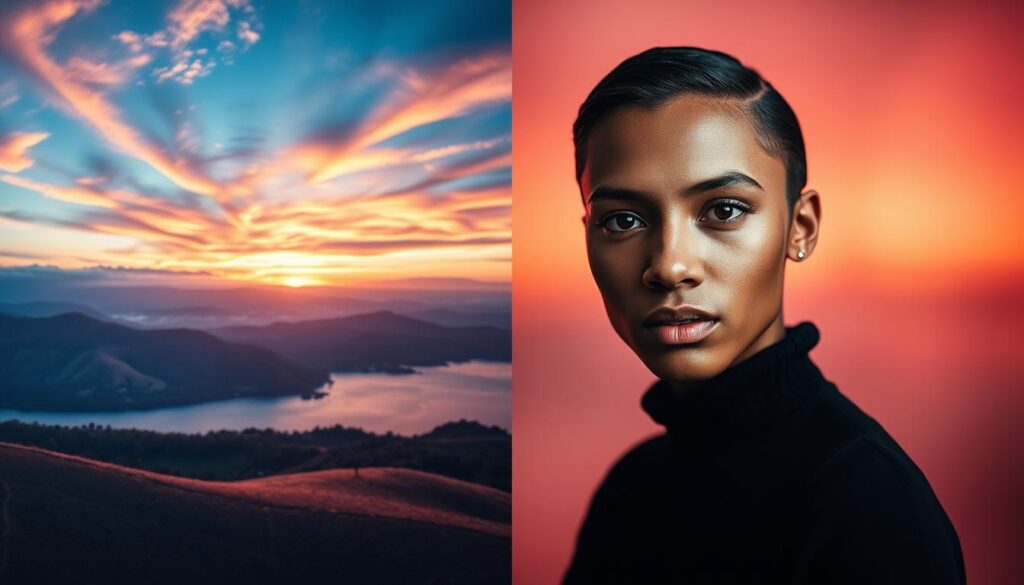
Digital and print media often require different orientations to optimize content. In digital media, portrait photos work well for mobile screens, while landscape photos suit desktop or web layouts. For print, the choice depends on the design and purpose, like a magazine cover or a wide poster. Choosing the right orientation ensures your content is visually appealing and grabs attention effectively.
Print Format Considerations
Print media demands careful consideration of orientation to enhance layout and storytelling. Magazines often mix portrait covers with landscape spreads for visual variety. Books typically favor portrait for readability, while posters may lean towards either orientation based on design needs. Choosing the right one ensures the content aligns with the medium and effectively captures attention.
- Magazines often use landscape for big feature spreads
- Books usually go with portrait for easier reading
- Posters can use both, depending on what they show
Digital Format Dynamics
Digital platforms add more complexity to choosing orientation. A landscape vs portrait monitor greatly changes how people see your content.
| Media Platform | Preferred Orientation | User Engagement Rate |
|---|---|---|
| Social Media | Portrait | 65% |
| Websites | Landscape | 75% |
| Mobile Devices | Portrait | 80% |
Website Design Strategies
Responsive web design needs to be flexible with orientation. Professional designers often change layouts to fit different screen sizes and user likes.
“Design is not just what it looks like and feels like. Design is how it works.” – Steve Jobs
Understanding orientation differences allows you to tailor your content for each platform, making it more engaging and effective. Whether it’s for digital or print, choosing the right orientation helps capture attention, enhance storytelling, and boost visual impact.
Common Mistakes to Avoid
Choosing between landscape and portrait photography can be challenging. Many photographers struggle with picking the right orientation for their photos. Knowing common mistakes helps you take better pictures.
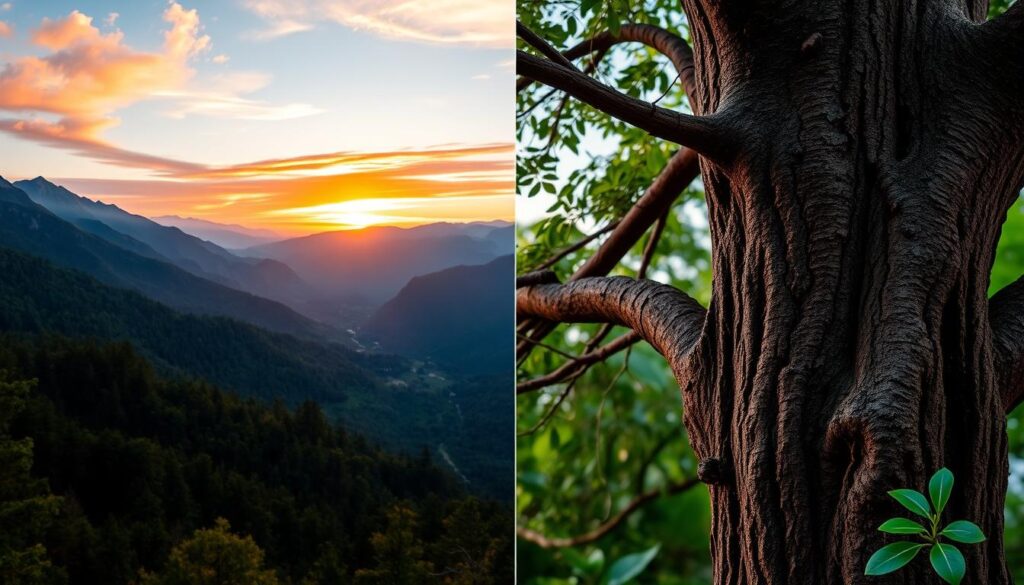
Misunderstanding Your Subject
Not understanding your subject is a big mistake in photography. Each photo needs careful thought:
- Tall subjects need portrait orientation
- Wide scenes are best in landscape orientation
- Urban scenes might need special approaches
“Know your subject before you click the shutter – it’s the first rule of great photography.”
Overlooking Aspect Ratios
Aspect ratios are key in how your photo looks. Different cameras and formats can change your image a lot.
| Camera Type | Common Aspect Ratio | Recommended Orientation |
|---|---|---|
| DSLR | 3:2 | Flexible |
| Smartphone | 4:3 | Portrait preferred |
| Medium Format | 6:7 | Portrait |
Professional photographers often try different orientations to find the best shot. Your goal is to tell a story with your photo, whether in landscape or portrait.
Pro tip: Always think about where your photo will be seen when choosing between landscape and portrait. Social media, print, and digital platforms all have their own needs.
Tips for Choosing the Right Format
Choosing the right orientation for your photos can change how your story is told. Knowing when to use landscape or portrait is key to grabbing your audience’s attention.
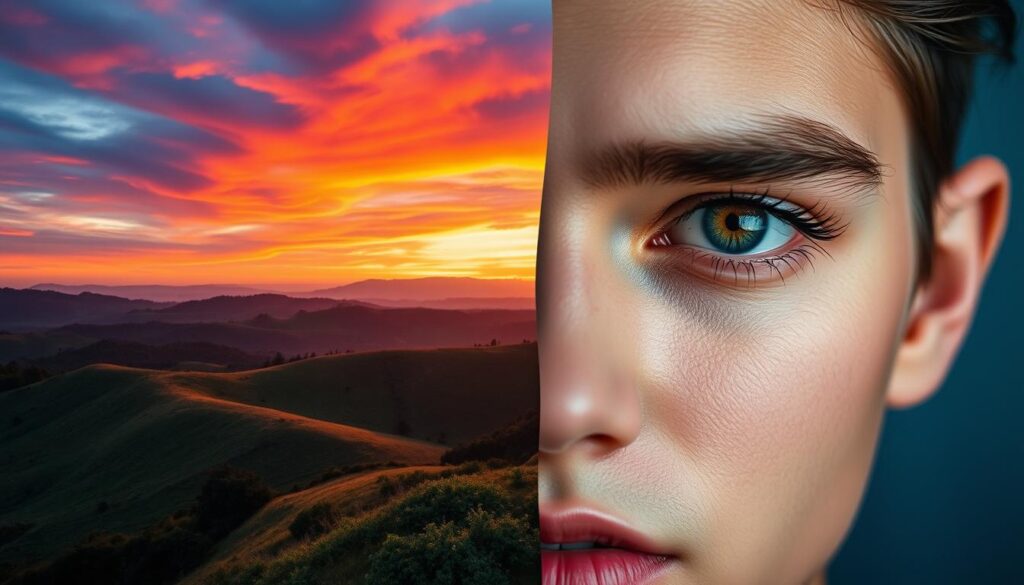
When deciding between landscape and portrait orientation, it’s important to consider factors such as the subject of the photo, the platform where it will be shared, and the overall purpose of the image. For instance, landscapes often work better for wide scenes, while portraits are ideal for focusing on individuals or vertical subjects. Understanding these factors helps you make the best choice for your content and audience.
Consider Your Subject
The subject of your photo should guide your choice. Different subjects fit better in certain formats:
- Wide landscapes are best in landscape orientation
- Tall subjects like trees or buildings are better in portrait
- Human subjects often look great in portrait format
Think About Your Audience
Your audience’s preferences are also key. Different places like different formats:
| Platform | Preferred Orientation |
|---|---|
| Portrait (vertical) | |
| Portrait (vertical) | |
| Landscape (horizontal) | |
| Print Publications | Varies by design |
Experiment with Both Orientations
Improving your photography means trying new things. Take shots of the same scene in different ways. Professional photographers suggest taking many to find new views.
“Photography is an art of observation. It’s about finding something interesting in an ordinary place.” – Elliott Erwitt
By practicing with both landscape and portrait orientations, you’ll start to recognize which format works best for different situations. Over time, you’ll develop a stronger intuition for choosing the right orientation, whether it’s for capturing wide views, focusing on vertical subjects, or fitting specific platforms. This knowledge will enhance your ability to tell stories visually and improve your overall photography skills.
Tools and Software for Orientation Adjustment
Changing your landscape vs portrait camera images is now easy with the right tools. Whether you’re a pro photographer or just use your smartphone, many software options can adjust your photos smoothly.
Photography Editing Software
Professional photographers use strong editing tools to change image orientation. Adobe Lightroom and Photoshop are favorites for adjusting landscape vs portrait shots. They offer precise cropping and rotation without losing image quality.
- Adobe Lightroom: Advanced orientation tools
- Photoshop: Comprehensive image manipulation
- Capture One: Professional-grade editing
Mobile Applications
Smartphone users can quickly change photo orientation with mobile apps. These apps have easy-to-use interfaces that make adjusting photos simple.
| Mobile App | Key Features | User Rating |
|---|---|---|
| Snapseed | Free, easy rotation tools | 4.5/5 |
| VSCO | Advanced editing capabilities | 4.7/5 |
| Lightroom Mobile | Professional-level adjustments | 4.6/5 |
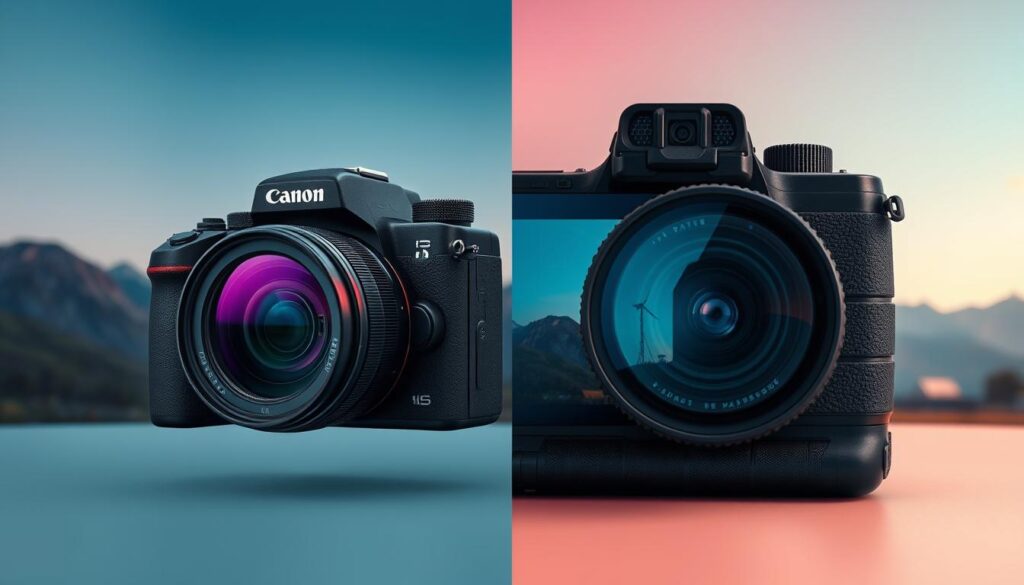
Try out different tools to find the best fit for your photography style and needs.
Final Thoughts on Landscape vs Portrait
Photography is more than just technical choices. It’s about finding your style through landscape and portrait shots. Each style can turn a simple photo into something amazing.
Getting better at photography takes practice and trying new things. It’s important to use both landscape and portrait shots. This way, you can tell the best story of your subject.
Finding Your Personal Style
Creating your own style means trying different ways of taking photos. Some like wide shots for big scenes, while others prefer close-up shots. Your style will grow as you see things from different angles.
Encouragement to Experiment
Don’t worry about making mistakes. Every photo is a chance to learn and get better. By pushing yourself and trying new things, you’ll find new ways to tell stories in your photos.

